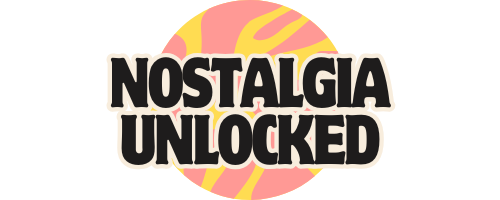15 High School Hairstyles That Defined Generations
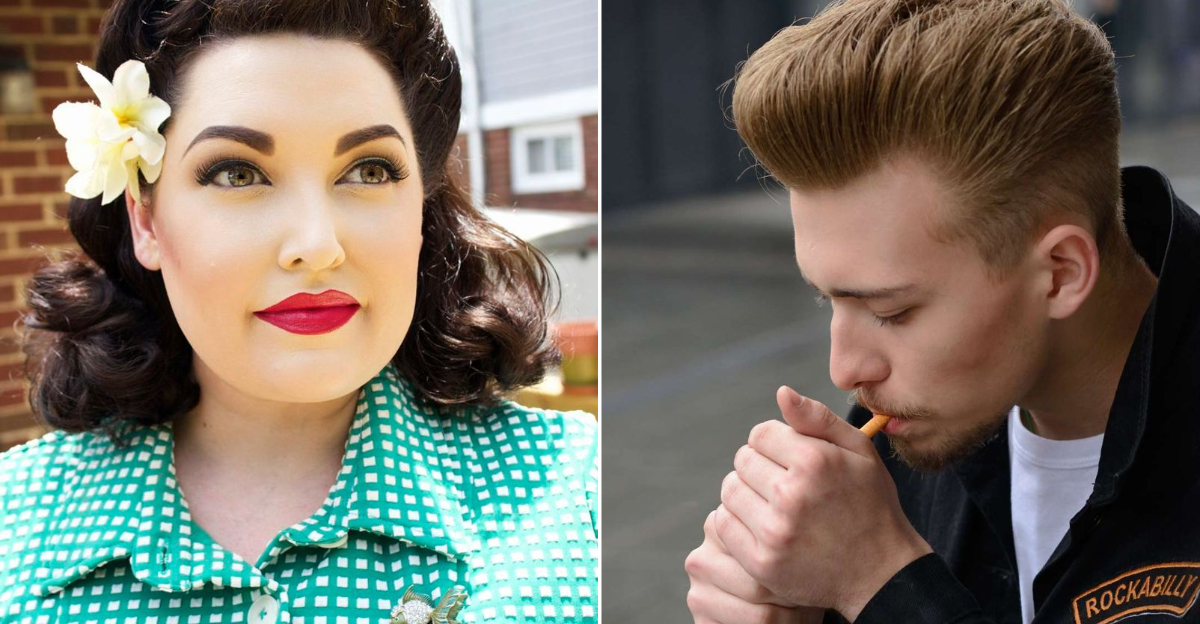
Looking back at old high school photos is always a trip, especially when you get to the hair. I still remember my aunt showing me her senior picture, proudly rocking a mile-high perm that defied both gravity and logic.
Every generation had that signature hairstyle, the one that practically defined an era.
From the slicked-back pompadours of the ‘50s to the frosted tips of the early 2000s, high school hallways have always been a runway for unforgettable hair trends.
Some were effortlessly cool, while others… well, let’s just say they were a bold choice.
1. Beehive
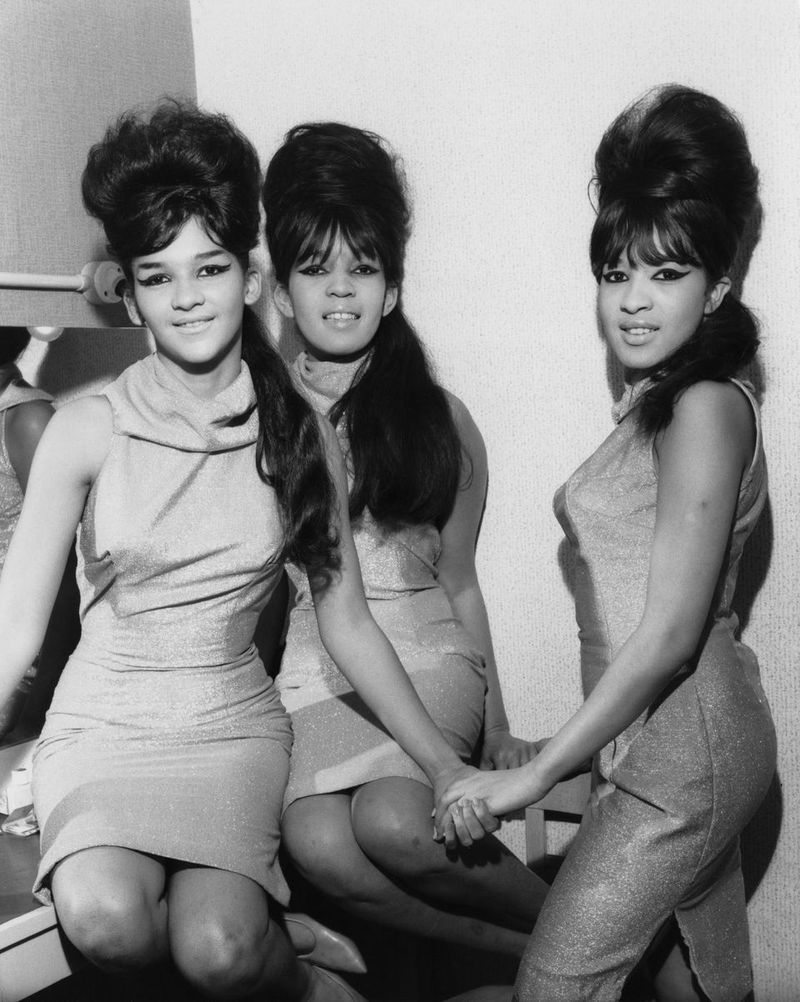
The beehive hairstyle, reaching heights akin to the towering ambitions of its wearers, was the crown jewel of the 1960s.
It was as if someone whispered to their hair, “Reach for the stars,” and the hair obliged. A can of hairspray was practically a permanent accessory, and teasing your hair became a sport.
While the style required a bit of elbow grease and finesse, its popularity made it a staple among trendsetting teens. The higher the hair, the closer to style heaven!
2. The Mullet
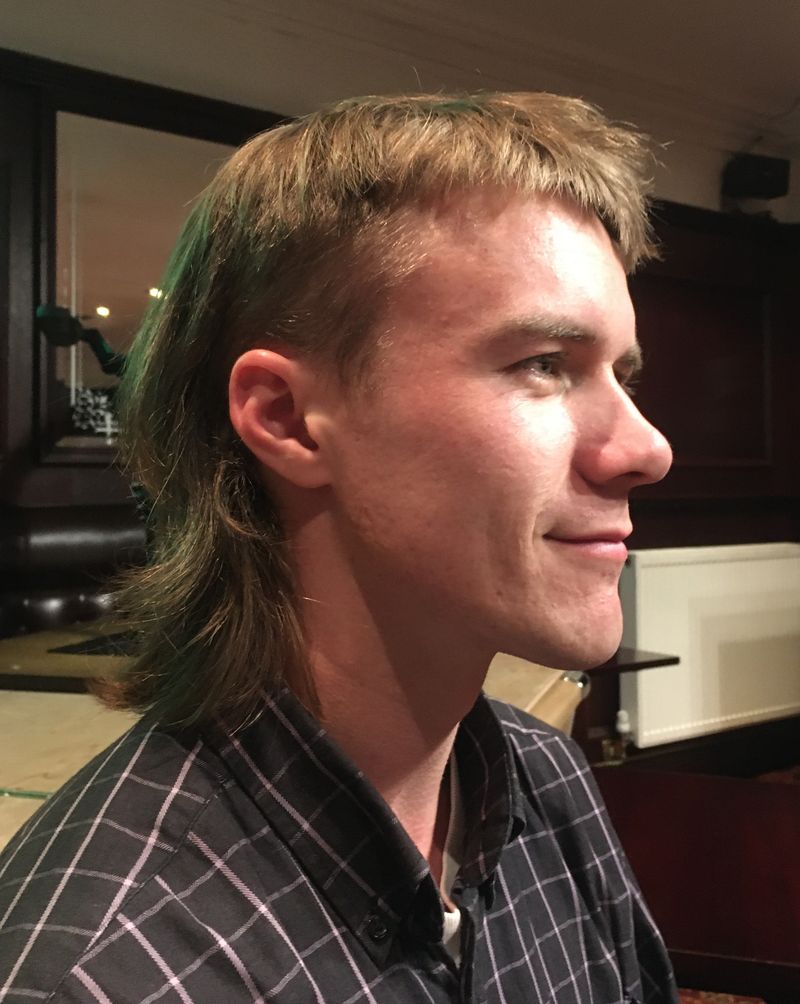
Business in the front, party in the back – that’s the mullet mantra. This hairstyle, a bold statement piece of the 1980s, defied all rules of symmetry and taste.
The daring look was perfect for those who wanted to keep things formal with a twist of rebellion.
Despite its divisive nature, the mullet thrived in high schools, becoming a rite of passage for some. It was the ultimate expression of teenage nonchalance and youthful bravado.
3. Feathered Locks
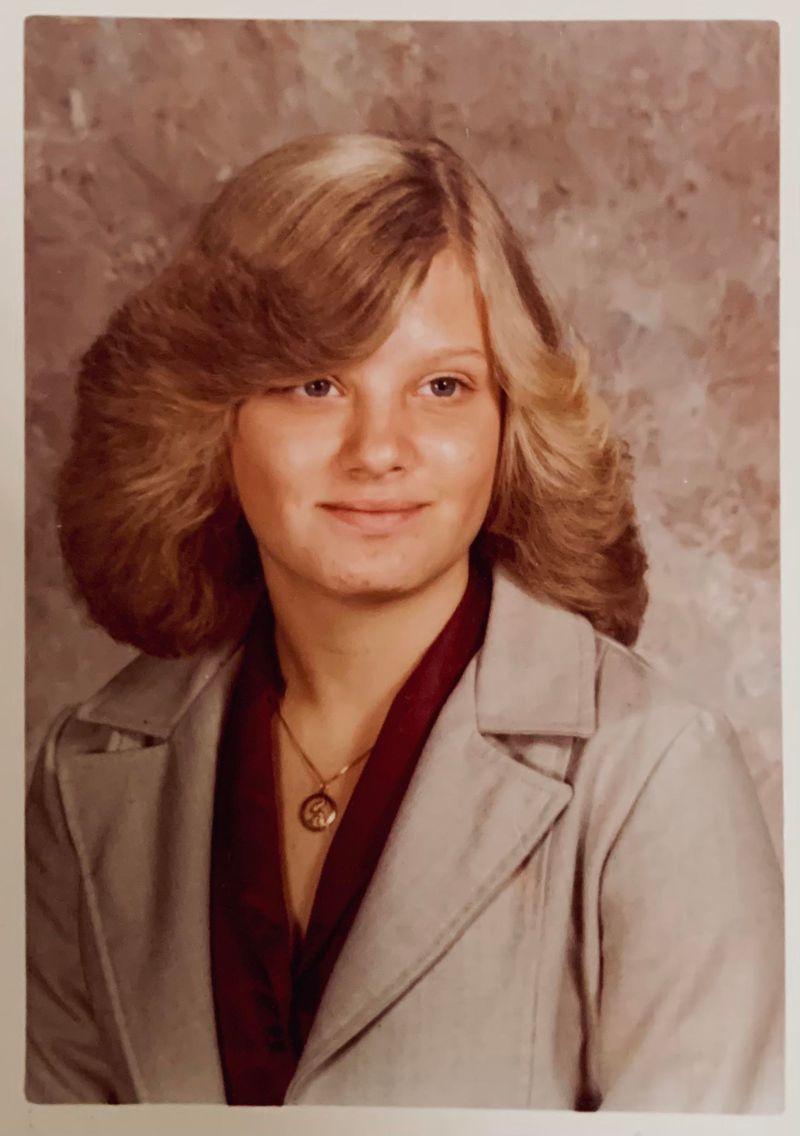
Feathered locks were as soft and airy as their avian namesake. Riding the wave of the 1970s, this hairstyle was all about volume and layers.
Its celebrity endorsement from the likes of Farrah Fawcett made it an instant high school hit.
Achieving the perfect feather required patience, a good blow-dryer, and a round brush. The result? A look that seemed to defy gravity and exuded effortless charm, capturing hearts and hall passes alike.
4. The Pompadour
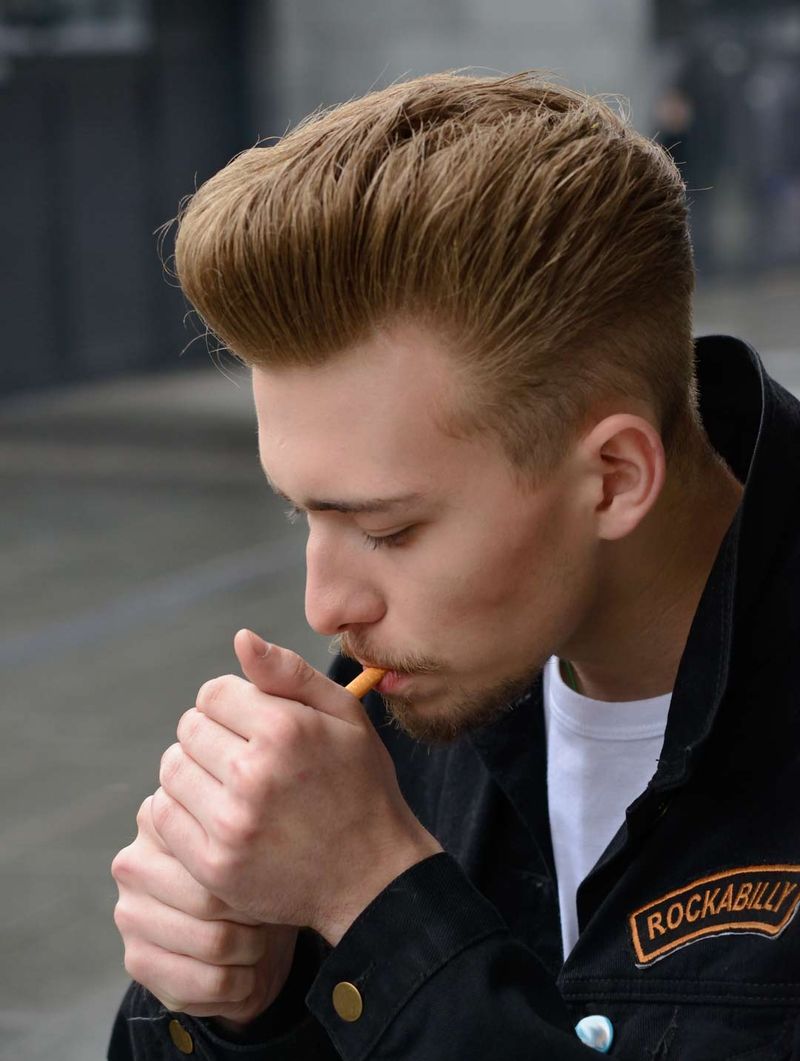
High school hallways in the 1950s were filled with the sound of jukebox hits and the unmistakable shine of perfectly styled hair.
The pompadour wasn’t just a hairstyle; it was a statement. With its slicked-back height and a generous dose of pomade, it exuded confidence and rebellion.
It became the signature look of teenagers who craved a little edge, turning everyday students into instant icons of cool.
My grandfather once joked that he spent more time perfecting his pompadour than studying for exams, but judging by his old yearbook photos, it was totally worth it.
5. Afro
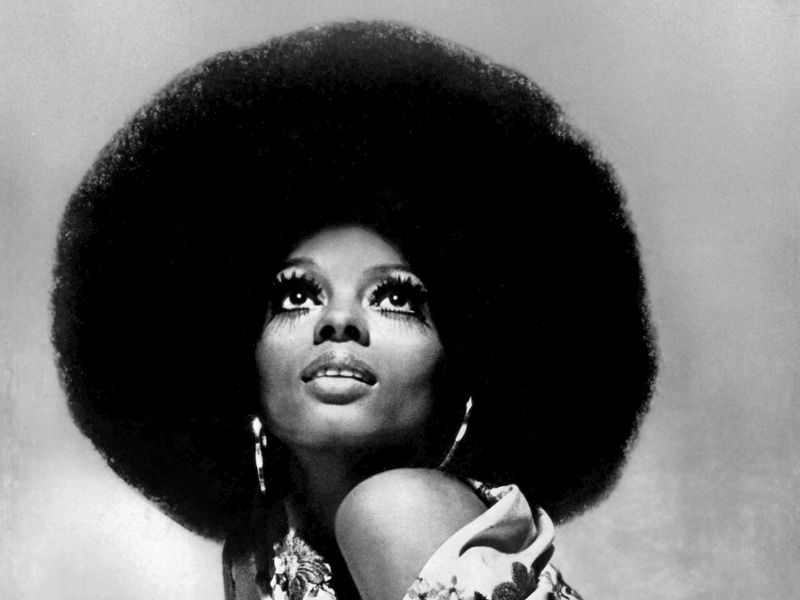
Embodying strength and pride, the afro was more than just a hairstyle in the 1970s. It was a powerful cultural statement embraced by high school students who sought to celebrate their natural hair.
This iconic look radiated confidence and stood as a symbol of the civil rights movement. The afro required minimal styling, yet it carried maximum impact.
With each bouncy curl, it represented a sense of unity and identity for young individuals looking to make their mark.
6. The Bowl Cut
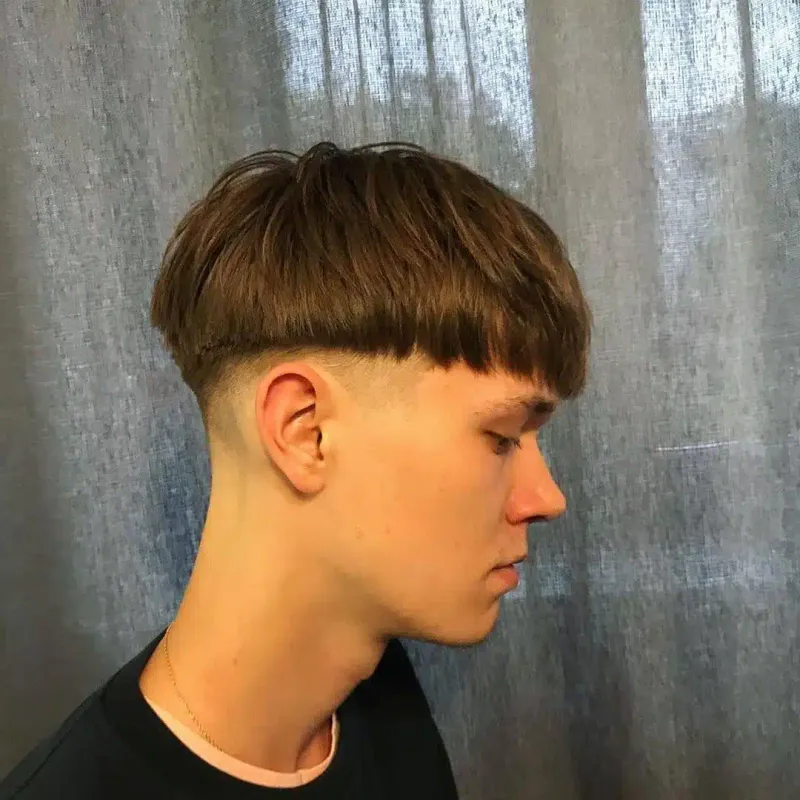
Haircuts in the ’90s ranged from effortlessly cool to downright questionable, and few were as unforgettable as the bowl cut.
This low-maintenance style had a charm all its own—though, in many cases, it looked like the result of a determined parent with a mixing bowl and a pair of kitchen scissors.
It wasn’t exactly a fashion statement, but it was practical and oddly endearing. My older cousin sported one for years, insisting it made him look like a rock star.
Looking back at those family photos, it’s clear he had more confidence than style—but somehow, that only adds to the bowl cut’s legend.
7. The Shag
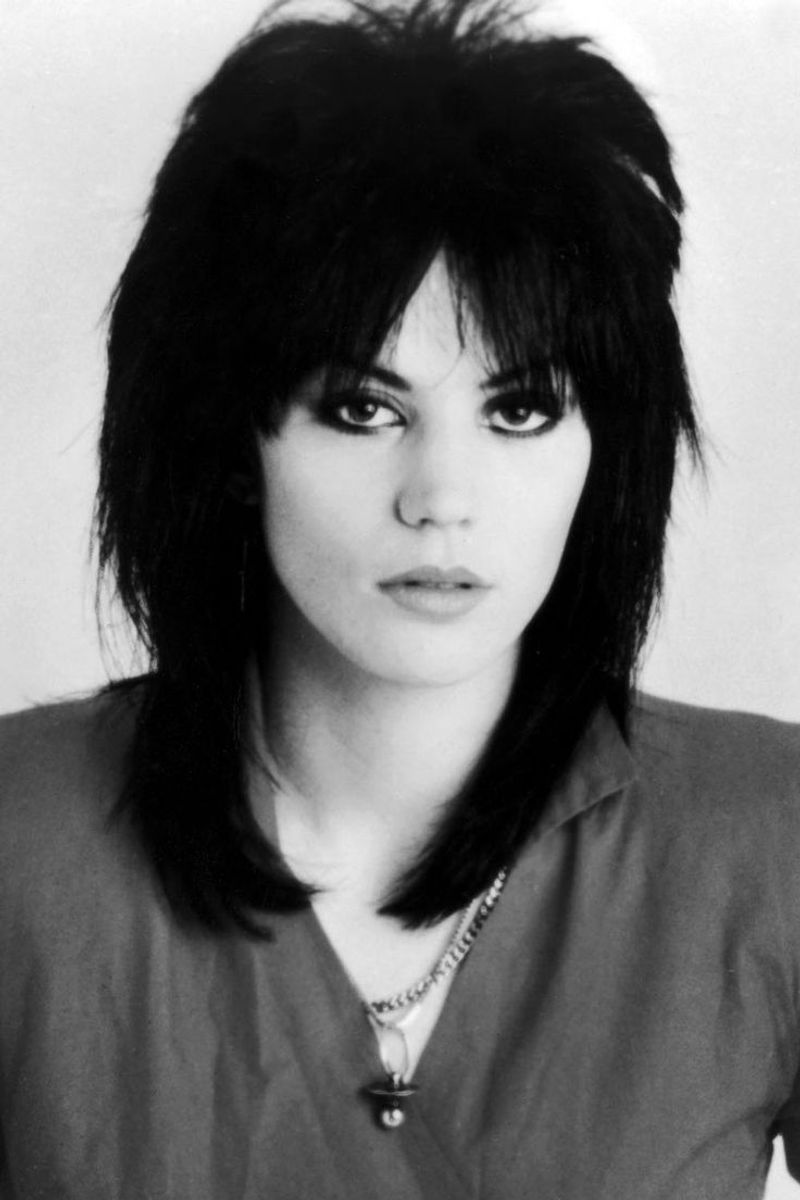
The shag hairstyle of the 1970s was as relaxed as a summer breeze, capturing the essence of a carefree era.
Characterized by its tousled layers and effortless appeal, the shag became a go-to look for high school students seeking a laid-back vibe.
It was the epitome of versatility, suiting both rock stars and regular teens alike. With its ability to look perfectly messy, the shag haircut resonated with those who believed in expressing individuality without fuss.
8. Victory Rolls
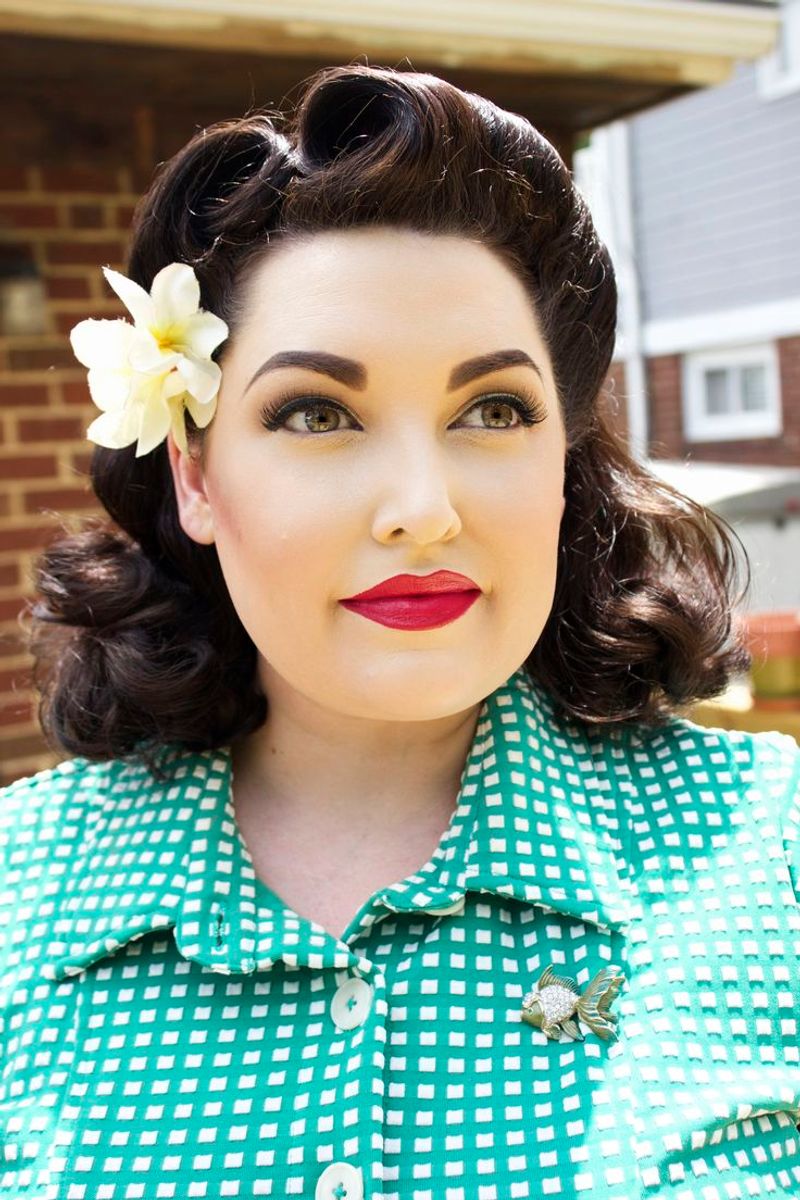
Back in the 1940s, hairstyles weren’t just about looking good—they carried meaning, and victory rolls were the ultimate statement.
This elaborate updo wasn’t for the faint of heart, requiring strategic pinning, heaps of hairspray, and the patience of a saint. For high school girls, mastering the perfect roll felt like a rite of passage.
My grandmother used to tell me how she’d spend ages in front of the mirror, determined to get each curl just right before heading to a school dance.
It wasn’t just about style; it was about pride, elegance, and a touch of wartime spirit.
9. Crew Cut
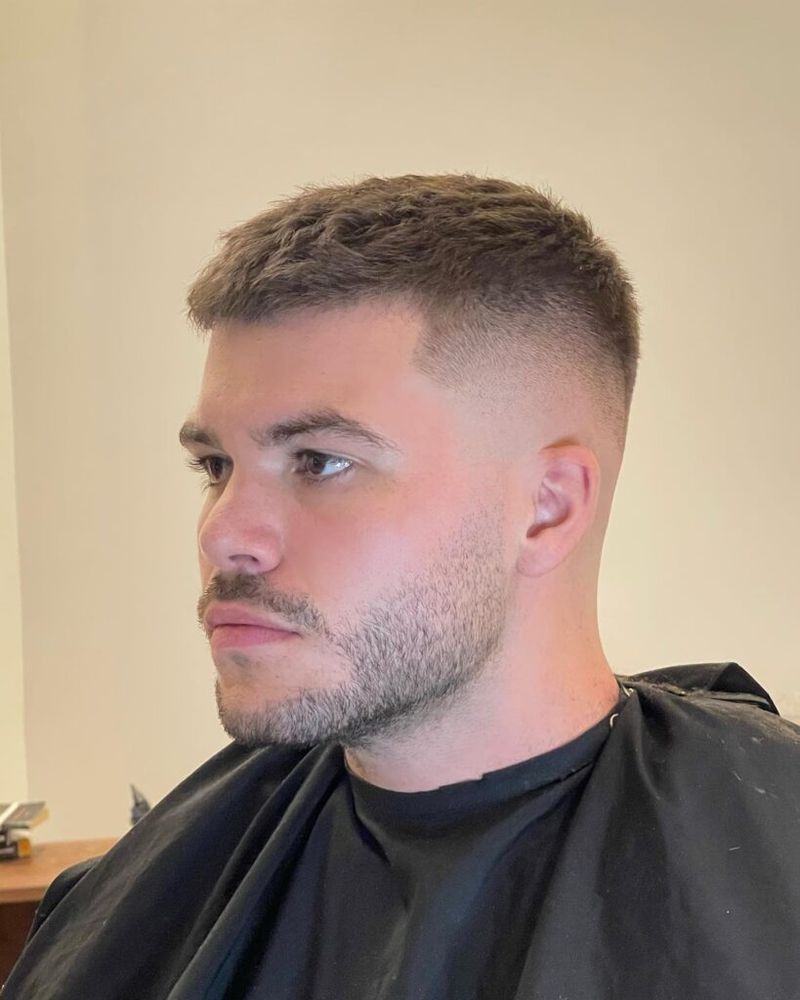
The crew cut, a classic staple, marched into high schools in the 1950s with military precision. This no-nonsense style was all about clean lines and practicality.
It offered a neat, tidy look that was easy to maintain, making it a favorite for busy students.
Despite its simplicity, the crew cut exuded a certain all-American charm. It was the hairstyle of choice for athletes and scholars alike, standing as a testament to discipline and tradition.
10. The Flattop
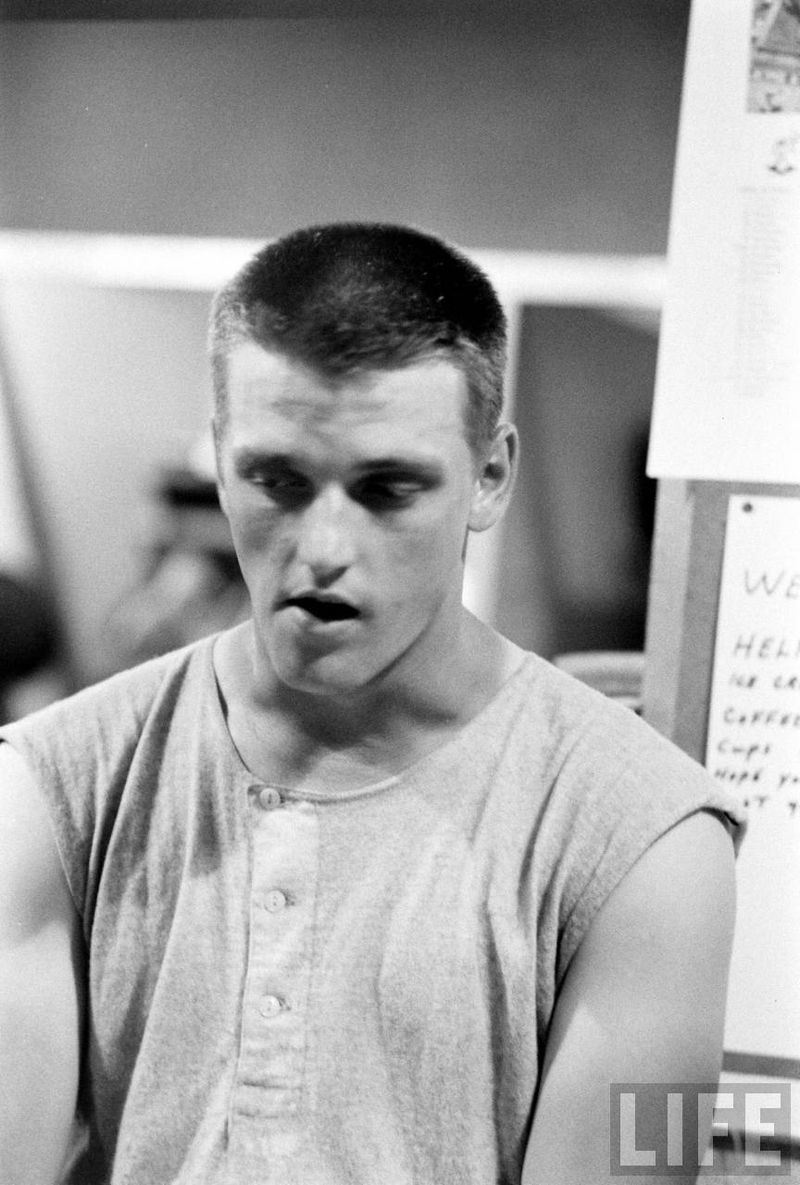
With its sharp angles and bold silhouette, the flattop was one of the standout hairstyles of the 1980s.
The high school students who wore it made a statement, channeling a futuristic, edgy vibe with the hair cut flat across the top.
Perfecting the flattop demanded skill and precision, with a steady hand required to achieve the striking, angular look.
This geometric hairstyle combined elements of architecture and fashion, becoming a daring and memorable symbol of ’80s style.
11. Pageboy
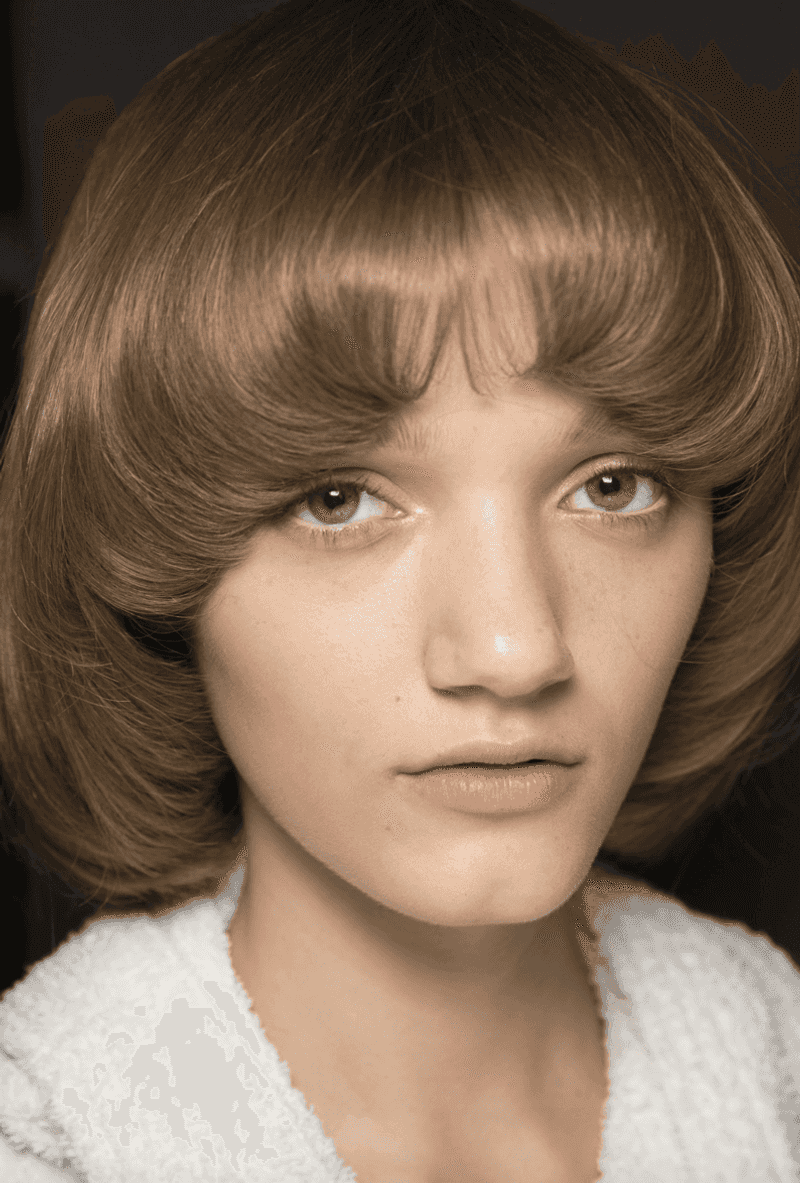
The pageboy hairstyle, with its smooth, sleek lines, made a graceful entrance into high schools in the 1960s.
This chic cut, characterized by its straight appearance and inward-curling ends, was a favorite among those who appreciated understated elegance.
It required minimal fuss, yet it delivered maximum style, making it perfect for busy students. The pageboy was a versatile look, equally at home in the classroom or at a weekend dance, charming everyone with its simplicity.
12. Liberty Spikes
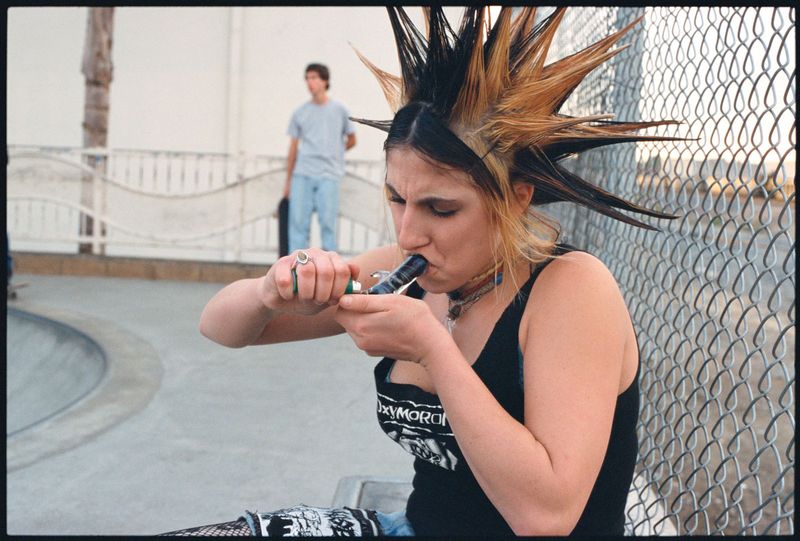
Liberty spikes stood tall in the 1980s, an unmistakable symbol of punk rebellion and individuality.
High school students with a penchant for counterculture embraced this outrageous style, which involved spiking the hair into pointed peaks.
Achieving the look required copious amounts of gel and a rebellious spirit. The spikes were more than just a hairstyle; they were a declaration of defiance against the norm, resonating with those who dared to stand out in the crowded school corridors.
13. Bouffant
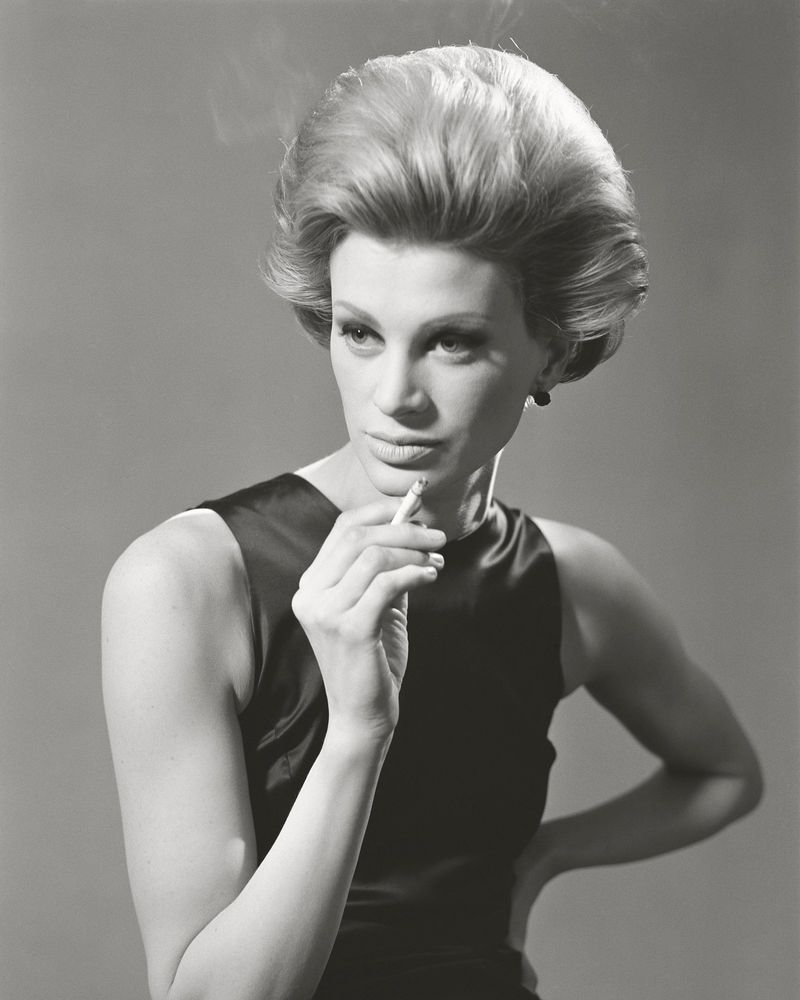
The bouffant of the 1960s was all about volume and glamour, turning high school hallways into impromptu fashion runways. With its rounded shape and sky-high lift, this style was a symbol of sophistication and elegance.
Creating the perfect bouffant demanded skill, patience, and a generous dose of hairspray.
Yet the effort was worth it, as the style exuded a timeless appeal. It was the epitome of grace, with each perfectly coiffed strand telling a story of poise.
14. Ducktail

The ducktail, also known as the duck’s ass or DA, was a suave style that took flight in the 1950s. This hairstyle involved slicking the hair back on the sides, converging into a central seam at the back – much like a duck’s tail.
The look was a favorite among greasers and rebels, embodying a sense of youthful defiance.
Despite its provocative name, the ducktail was a meticulously crafted masterpiece that captured the essence of teenage rebellion.
15. The Pixie Cut
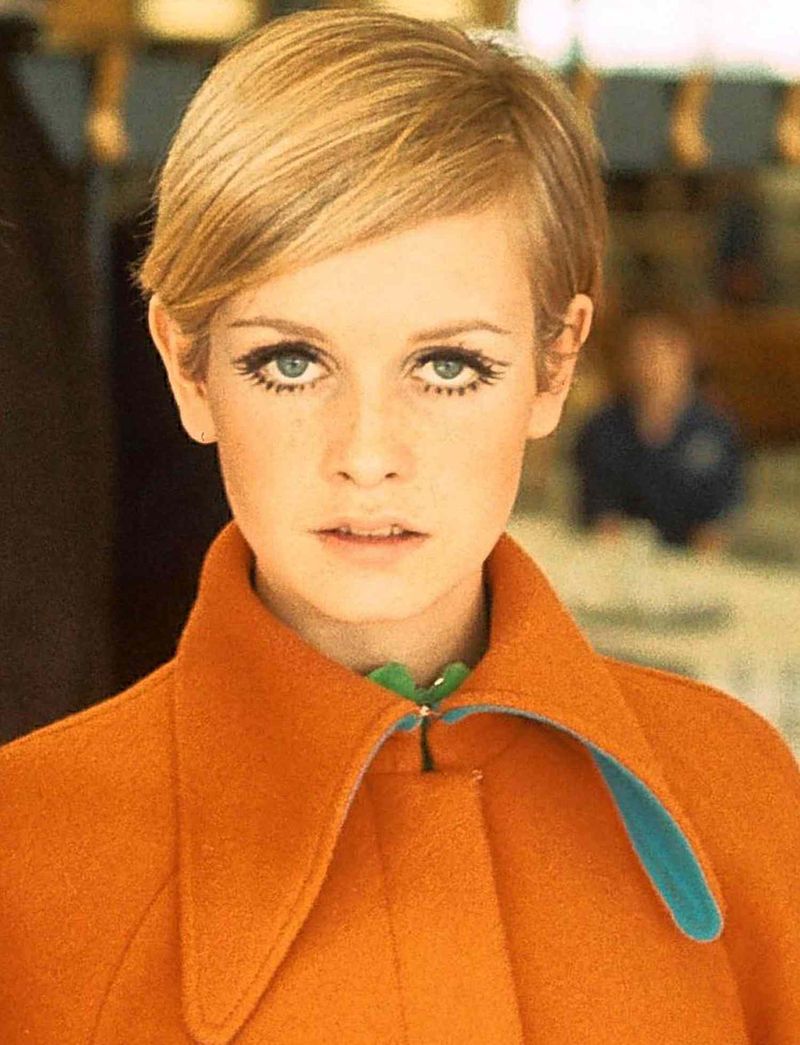
The 1960s brought a revolution, and the pixie cut led the charge. Icons like Twiggy and Mia Farrow popularized this chic, short style, symbolizing independence and modernity.
It broke from traditional long hair, offering a fresh, youthful look. Its appeal lies in simplicity and low maintenance, beautifully framing the face and highlighting features.
Versatile for casual or formal wear, it became a favorite among high school girls. Whether sleek or tousled, the pixie cut remains timeless, empowering wearers to embrace individuality.
